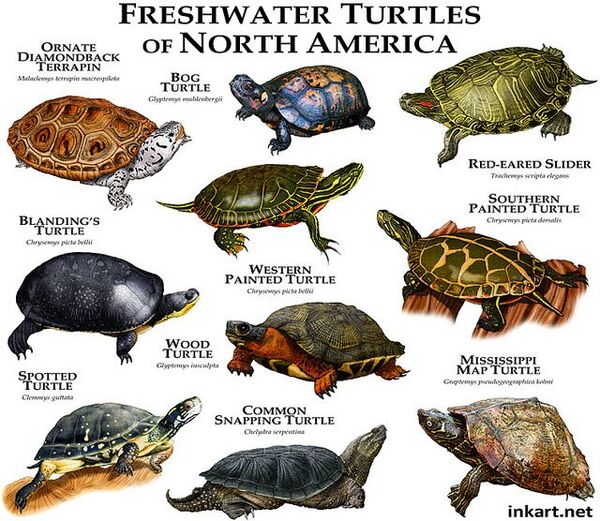Turtles are fascinating creatures known for their hard shells and slow movements. They inhabit a variety of environments, including oceans, rivers, lakes, and forests. Understanding what turtles eat is essential for their conservation and care, whether in the wild or in captivity. This article explores the dietary habits of different turtle species and highlights the importance of a balanced diet for their health.

Turtles are generally classified into three main dietary categories: herbivores, carnivores, and omnivores. Their diet varies significantly based on their species, habitat, and age. Here’s a breakdown of what different types of turtles eat:
Herbivorous turtles primarily consume plant matter. They play a crucial role in their ecosystems by helping to maintain healthy aquatic and terrestrial environments. Common herbivorous turtles include:
Green Sea Turtles (Chelonia mydas): These turtles are known for their love of seagrasses and algae. Adult green sea turtles mainly feed on marine vegetation, while hatchlings and juveniles may consume small invertebrates before transitioning to a plant-based diet.
Aldabra Tortoises (Aldabrachelys gigantea): These giant tortoises primarily eat grasses, leaves, and fruits. Their herbivorous diet helps to shape the vegetation of their habitats.
Red-Eared Sliders (Trachemys scripta elegans): While they are omnivorous, adult red-eared sliders tend to consume more aquatic plants, including water lilies and duckweed.
Carnivorous turtles mainly feed on animal matter, including fish, amphibians, and other small animals. Notable carnivorous turtles include:
Snapping Turtles (Chelydra serpentina): These turtles are opportunistic feeders that consume fish, frogs, and even small mammals. They are known for their powerful jaws and aggressive feeding behavior.
Loggerhead Sea Turtles (Caretta caretta): Loggerhead turtles primarily feed on hard-shelled prey such as conchs and sea urchins. Their strong jaws enable them to crush the shells of their prey.
Hawksbill Sea Turtles (Eretmochelys imbricata): Hawksbills primarily eat sponges and other invertebrates found in coral reefs, making them essential for maintaining the health of reef ecosystems.
Omnivorous turtles consume both plant and animal matter, allowing them to thrive in various environments. Examples include:
Box Turtles (Terrapene spp.): Box turtles have a varied diet that includes fruits, vegetables, insects, and small animals. They are opportunistic feeders and adapt their diet based on available food sources.
Painted Turtles (Chrysemys picta): These turtles enjoy a diet rich in aquatic plants, insects, and small fish. Their flexible diet allows them to adapt to different habitats.
Eastern Snapping Turtles (Chelydra serpentina): In addition to fish and amphibians, snapping turtles also consume fruits and aquatic plants.
Regardless of their dietary classification, turtles require a balanced diet to maintain their health. Here are some key nutrients that should be included in their diets:
Protein: Essential for growth and development, especially in young turtles. Protein sources can include insects, fish, and commercial turtle pellets.
Vitamins and Minerals: Turtles need a variety of vitamins (such as A, D, and E) and minerals (including calcium and phosphorus) for healthy shell development and metabolic function. Vegetables and fortified commercial foods can help meet these needs.
Fiber: Important for digestive health, especially for herbivorous turtles. Leafy greens and fibrous plants provide the necessary fiber.
Turtles are diverse creatures with varied diets, ranging from herbivorous to carnivorous and omnivorous. Understanding what animals turtles eat is essential for their care, whether in the wild or in captivity. Providing a balanced diet rich in protein, vitamins, minerals, and fiber is crucial for their health and well-being. By recognizing the dietary needs of different turtle species, we can better appreciate their role in ecosystems and contribute to their conservation. Whether you're a turtle owner or simply a nature enthusiast, understanding their diets helps promote a healthier future for these fascinating reptiles.
animal tags: Turtles
We created this article in conjunction with AI technology, then made sure it was fact-checked and edited by a Animals Top editor.